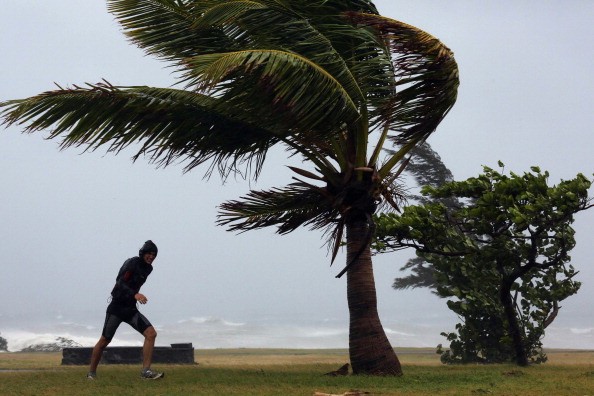Coastal communities all over the world are experiencing more threats from tropical cyclones. Climate change is prompting the rise in sea levels and frequent storms which is intense.

Should a Massive Seawalls be Built?
Many coastal communities are thinking of an action to take. Should they construct enormous seawalls in an attempt to safeguard already existing infrastructure? Do they lose hope in their current coastal spot and retreat inland? Or is there any other way?
In America, the US Army Corps of Engineers suggested the construction of a 20-foot high massive seawall so as to protect Miami which is the third most densely populated metropolis on the US east coast.
The proposal of about US$6 billion is unconfirmed and not less than five years off, but it is certain to be among other proposals in years to come, in order to safeguard coastal communities from storms. But building seawalls are expensive, needs continual maintenance and provides limited protection.
Put China, which already possesses a large number of seawalls that were constructed for storm protection into consideration. A 2019 study carried out an analysis on the impact of 127 storms on the country between 1989 and 2016.
Also Read : Powerful Thunderstorms in the Mid-West Can Cause Winds as Strong as Category 2 Hurricane, Forecasters Warn
Coastal Wetlands
Coastal wetlands produce more good results effective in preventing storm damages without costing so much money. Also, coastal wetlands provided many other ecosystem services that seawalls are not capable of providing.
By absorbing the energy from the storm in ways that even solid land or open water can't, they decrease the catastrophic effects of tropical cyclones on coastal communities.
The mechanisms concerned include reducing the region of open water (fetch) for the wind to develop waves, boosting drag on water movement and consequently, the storm surge's amplitude, decreasing direct wind effects on surface of the water, and taking in wave energy directly.
Wetland vegetation adds to this by reducing surges and waves and maintaining surface water depths having a similar effect. By taking in floodwaters prompted by rain and lessening their effects on built-up areas, wetlands can decrease flood damages.

The New Study
In 2008 a team of scientists made a rough calculation and it was discovered that coastal wetlands in the US provided storm protection services worth US$23 billion anually.
The new study estimated that US$450 billion annually is the global value of coastal wetlands to storm protection services - calculated at the value of 2015 - with 4,600 lives saved yearly.
To make this estimation, the researchers made use of the records of over 1,000 tropical cyclones since 1902 that led to property destruction and/or deaths in 71 countries.
This study made good use of better storm tracking, damage-assessment databases, and better global land-use mapping, together with more developed computational capabilities to model the connection between coastal wetlands and prevent destruction and deaths from tropical cyclones.
Related Article: Storm Surge Maps to be Produced to Warn of Potentially Deadly Floods
For more news, updtaes about storm protection and similar topics don't forget to follow Nature World News!
© 2025 NatureWorldNews.com All rights reserved. Do not reproduce without permission.





